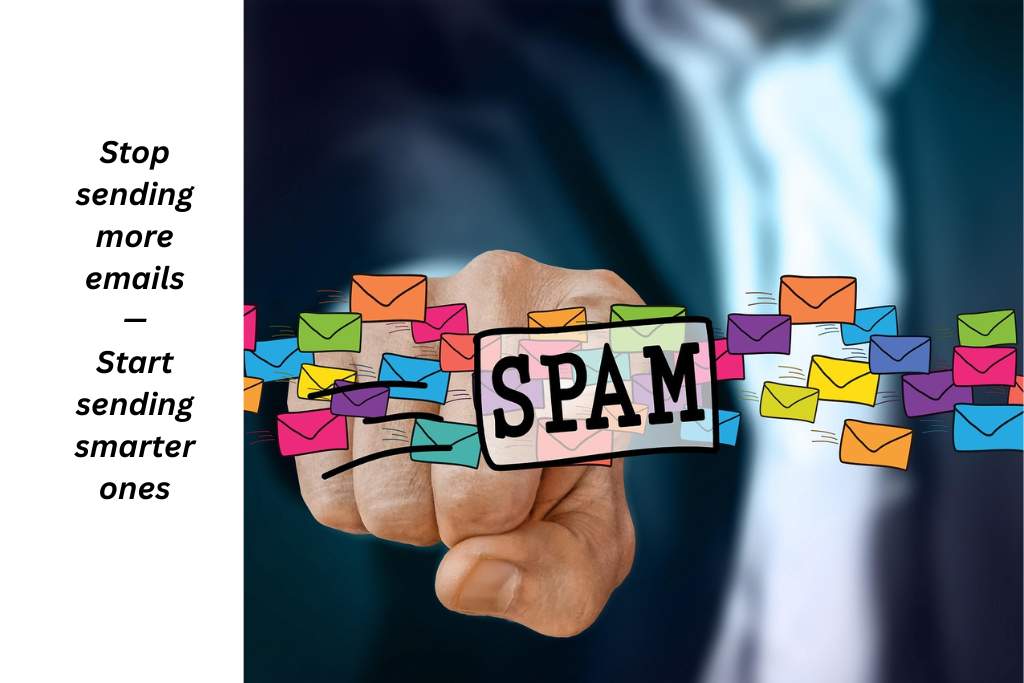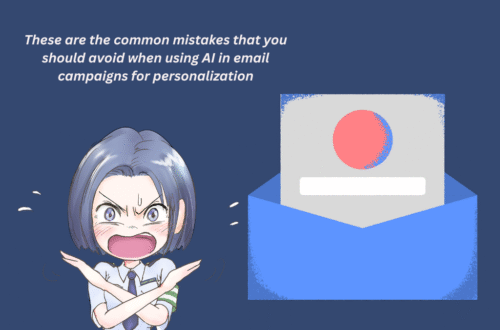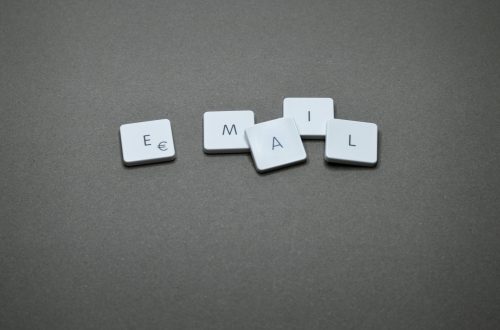
Smart Email Segmentation: How to Send the Right Email to the Right Audience Every Time
When inboxes are crowded and the audience is exhausted by loads of emails, you don’t have to send more emails. Instead, send them the message they want. Smart email segmentation has therefore become a priority for any brand serious about its email marketing success.
Now you should avoid blasting the same emails to your entire list and focus on smart email segmentation. It helps you speak directly to each subscriber’s preferences, behaviors, and interests.
What is Smart Email Segmentation?
Smart email segmentation is the strategic division of your email list. You divide the email list into smaller and more targeted groups. These groups are based on data-driven insights of customers’ life cycle stage and shopping behavior. Unlike traditional division, which depends on the basic filters such as the gender or location, the smart partition uses real-time data. By assessing the future analysis and customer intentions, you can give a hyper-relevant message.
When you segment your audience with precision, you can do more than organize your list. You can unlock meaningful results like:
- High open and click rates can be obtained by personalizing the material that attracts attention. When email materials align with customers’ interests and over time, they are more likely to be engaged.
- Better conversions by a smartly segmented email guide you down the funnel. So you can give the right message at the right time.
- People are less likely to opt out when they constantly get the material that matches their needs and preferences.
- Segmentation leads to strong customer relationships. By providing them a better experience, you create confidence and loyalty.

How Smart Email Segmentation Works?
Smart email segmentation goes beyond basic filtering. You divide the content list into groups based on user behavior, intent, and context. Then deliver personalized messages that drive real results. Here’s how brands are using smart segmentation effectively:
Behavior-Based Segmentation
First, segment users based on their browsing behavior or email interactions. Also include previous purchases and social media engagements. For example, you have a shoe store. A visitor explores your site’s running shoe section but doesn’t convert. You can follow up with such customers with a tailored email showcasing the best sellers in their size. Also, pair a limited-time discount offer to create urgency. This will increase the chances of conversion.
Lifecycle Stage Segmentation
Customize emails based on where the user is in the customer journey. Divide them into
- New subscriber
- Lead
- Active Buyer
- Inactive Account
Show new subscribers a great welcome content that introduces your brand. For long-time customers, offer loyalty perks like early access to new products. For new customers, message them with VIP discounts.
Predictive Segmentation with AI
Use AI to predict future customer behavior, such as who’s likely to buy, churn, or upgrade. Analyze this data and act accordingly. For example, a SaaS company uses churn prediction models to flag users at risk. It then sends personalized content. The content includes helpful tips, webinars, or feature spotlights to re-engage them before they cancel. This strategy works because it’s proactive rather than reactive, preventing revenue loss.
Demographics aand Psychograpic Segementation
This includes combining hard data such as age, location, and job title with soft data like interests, values, and lifestyle. The combination of this data is used to shape campaigns that feel personal. For example, a skincare brand promotes SPF moisturizers to customers in sunny regions. The same brand offers emails containing content about hydration and barrier repair to customers in colder regions. It reflects real-world conditions and personal preferences, boosting relevance and trust.
Tools That Enable Smart Segmentation
To unlock the full potential of smart email segmentation, you need to choose the right email marketing platforms. Here are some top tools that support advanced segmentation capabilities:
Klaviyo
It is best for e-commerce brands. Klaviyo offers powerful behavioral tracking and dynamic product recommendations. It also provides automated flows based on purchase intent.
Active Campaign
This tool is known for robust lead scoring, tagging, and built-in CRM features. It is great for businesses that want to combine automation with relationship building.
HubSpot
It is ideal for businesses that focus on lifecycle marketing. Its intuitive workflows and deep CRM integration help deliver targeted messages at every customer stage.
Mailchimp
It is a user-friendly option for small businesses. Recent AI upgrades allow for smart content suggestions. It also offers send-time optimization and audience predictions.
Customer.io or Iterable
This tool is best for advanced users. These platforms support complex, event-based segmentation. Hence, Customer.io is perfect for SaaS, apps, or companies with detailed behavioral data.
How to Get Started with Smart Segmentation?
Here’s a step-by-step guide on how to smartly segment your existing email list
Audit Your Existing List
Before segmenting anything, make sure your email list is clean and reliable. For that. Remover inactive subscribers. Keeping the users who haven’t opened your emails in months will harm your deliverability rates. Update the profile field and make sure that the customer’s history is accurate and updated. Segmentation is only as effective as the data behind it.
Define Clear Segments
Having clearly defined groups helps you send more relevant content. This boosts engagement and conversions. After cleaning your list, divide it into strategic criteria. Focus on 3–5 meaningful segments that align with your goals. These could be:
- Cart abandoners: people who added items but didn’t complete checkout.
- VIP customers: loyal, high-value buyers.
- Cold leads: subscribers who haven’t engaged in a while.
Map Content to Segments
Generic emails won’t resonate. When people receive materials that speak directly to their needs or behavior, they are more likely to convert. Once you have a segment, make tailored messaging for each. Match your message with the behavior or intentions of the segment:
- For cart abandonment, send a reminder with a product image and discount.
- For VIP customers, offer exclusive deals or early access.
- For cold leads, share a re-engagement offer.
Test and Optimize
Every viewer behaves differently. The test lets you find out what the best for each section and improves results over time. Segmentation based on “Set it and forget it” is not a strategy. Instead, it requires current refining.
A/B test elements like:
- Subject lines
- Email layout/design
- Send time and frequency
- Track metrics like open rates, click-through rates, and conversions.
Automate Smart Flows
Automation ensures the right messages go out at the right time. This should happen without any hassle or manual effort. It also helps scale your personalization efforts across thousands of users. Use automation tools to set up personalized journeys for each segment. Such as
- A new subscriber receives a welcome series.
- An inactive user gets a win-back campaign after 30 days of no engagement.
- A high-value customer gets notified about loyalty rewards.
Conclusion
Smart email division is not just a strategy; this is a mentality change. When you behave like your customers, you make a strong relationship. With today’s equipment and data on your fingertips, dividing smart is much easier than ever. So do not be organized for general campaigns, become specific, get strategic, and get better results.






